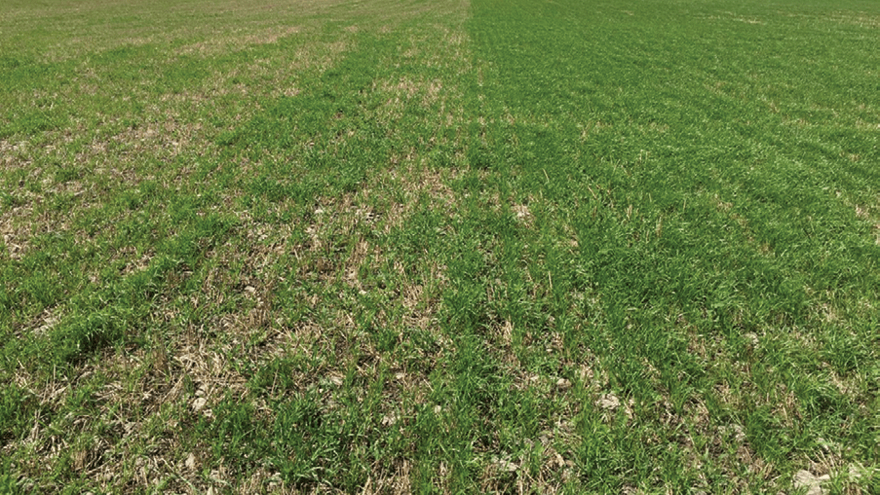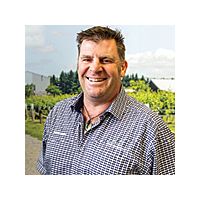
Seed coatings: An investment for profitable crop production
Would you be comfortable driving your new $100,000 car around a busy city without insurance? If the answer is no, then planting seeds in the ground without some sort of insurance to maximise their chance of survival and establishment should be reconsidered too.
When seed production takes place, crops grow and the seeds are harvested and processed for use as seeds to be planted. Some seeds could be infected with diseases that can’t be seen as they don’t affect germination, so often an infection is impossible to detect. These diseases are called seed-borne diseases. Seed-borne diseases may express themselves at germination or later in the crop's life and have a negative effect on crop establishment and in later production.
When we plant crop or pasture seed into the soil to grow, the soil is not a benign sterile environment but a living, breathing medium rich in flora and fauna. Many naturally occurring fungi live in the soil and some may infect your new seedlings. These are called soil-borne diseases and some can negatively affect a seedling’s survival.
Likewise, there are a number of insects and other pests either living in the soil or that migrate to a newly planted paddock. These pests can damage seedling establishment, either by feeding on them or spreading viruses that affect crop production later in its life.
So, if you plant bare seed you have no protection against seed-borne or soil-borne diseases nor do you have any protection against any insects or other pests that may feed on your crop. This reduces your chance of a successful establishment and profitable production. In most cases, the money saved on seed purchased without a seed coating is often a false economy.
The best way to protect your seeds and seedlings, and ultimately crop production, is to have the seed treated with a seed coating. There are two types. One type protects from fungal attack for both seed-borne and soil-borne diseases. The other protects against insect damage. Combined, these two types provide the greatest level of protection.
Seed coating needs to be done using precision machinery to ensure the correct loading of fungicide and insecticide is applied evenly to the seed surface. The environmental benefit is that low amounts of insecticide and fungicide are used compared with a spray application. In some cases, a polymer or clay capsule is also placed around the seed helping the seed coating to stick to the seed. This can also help shape the seed and aid precision planting.
Contact your local PGG Wrightson Technical Field Representative for advice in selecting a seed coating for your spring crops.
Top Tips:
- Planting bare seed is often a false economy
- Increase your seed survival and crop establishment success by adding a seed coating
- Use a fungicidal seed coating to protect against seed-borne and soil-borne diseases
- Use an insecticidal seed coating to protect against insect attack or early virus infection
- Combine fungicidal and insecticidal coatings for double the protection
- It’s all about managing risk leading to profitable crop production
- Establishment failure leads to costly replanting and loss of production
- Specialist equipment is required to apply a correct dose of pesticide evenly on the seed surface. Seeds may be pelletised or a polymer can be used to help seed coating stick to the seed and help shape the seed for precision planting.


